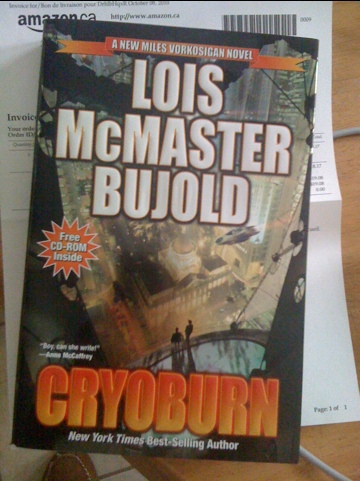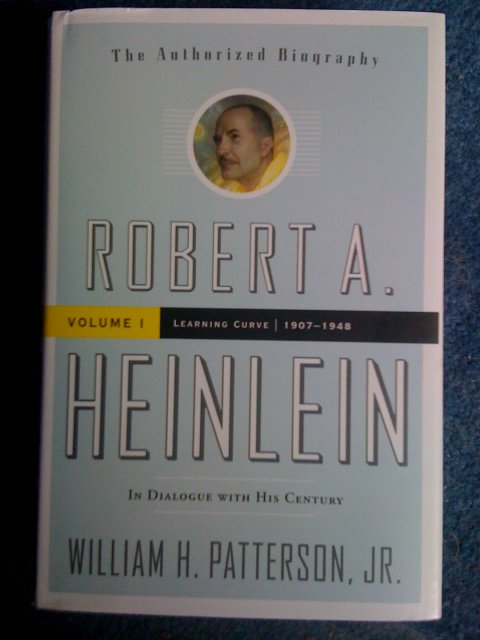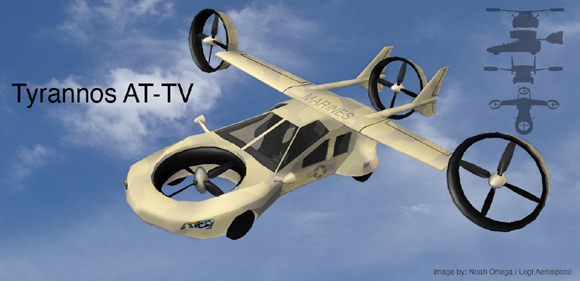If you haven’t read Cryoburn, be warned that there are some spoilers in the interview (this excerpt is spoiler-free):
I would have been content to leave the series on the high note of A Civil Campaign, but in the course of the amicable negotiations involved in taking The Curse of Chalion elsewhere, I ended up with an option-filling contract with Baen Books, hence Diplomatic Immunity. For a time, I wasn’t sure if I would alternate books between the two publishers or not, but I got on rather a roll with the fantasies for Eos. Happily, I was able to come up with a second upbeat organic closure for the series with Diplomatic Immunity, after which I turned to Paladin of Souls. (For a while, I had the two Chapter Ones on my plate at the same time, which basically resulted in nine months of writer’s block, at which point I decided to just do Diplomatic Immunity first. Some fortunate, prolific writers seem to be able, efficiently, to keep several projects going at once; it appears I am not one of them.)
[. . .]
The notion of exploring the wider social implications of cryonics, a well-established technology in the series, had been kicking around in my head for at least fifteen years. And the vision of an opening scene where a drug-allergy-addled Miles has a hallucinatory meeting with a street kid, no further story or setting attached, had also been lurking for a long time. (On some level, I think this unanchored scene was a really twisted re-visioning of the opening of Heinlein’s classic Citizen of the Galaxy.) I put the two together, and suddenly hit critical mass. Thematic implications followed.
[. . .]
Ethnic diversity has always been out there; all the colony worlds in Miles’s universe (i.e., everyplace but Earth) are much shaped by their founder populations. We’ve only seen a handful, out of a supposed sixty to one hundred settled worlds/stations/systems; I just haven’t worked around to all the possibilities. (Readers keep wanting me to go back to Vorbarr Sultana, where all their friends are. It’s as frustrating as trying to take a teenager on vacation.)
And for those Vorkosiverse fans hoping for yet another fix after Cryoburn, be of good cheer: Lois is working on a new project with the working title Ivan: His Booke (no, that’s not what it’ll end up being published as).






